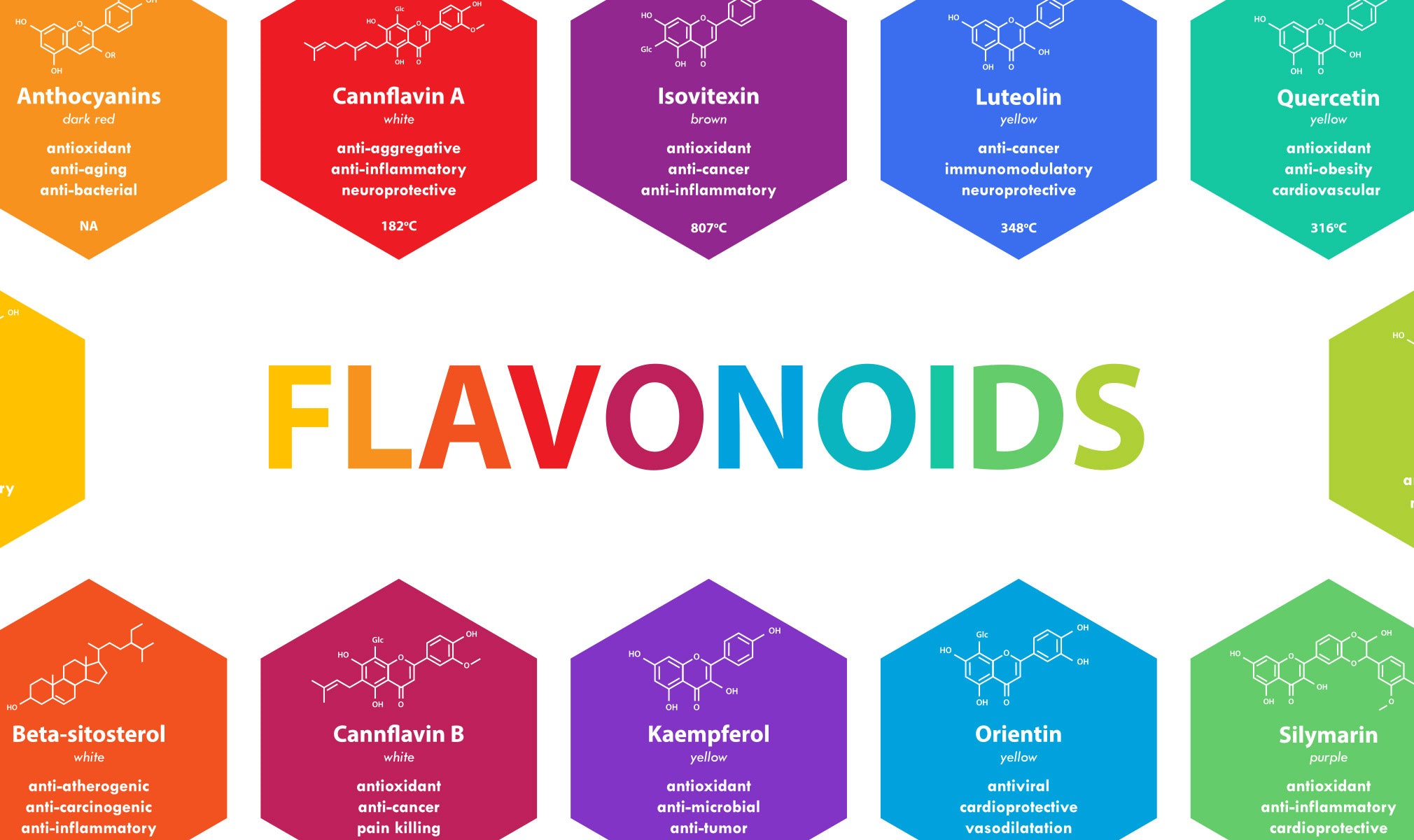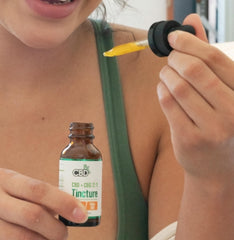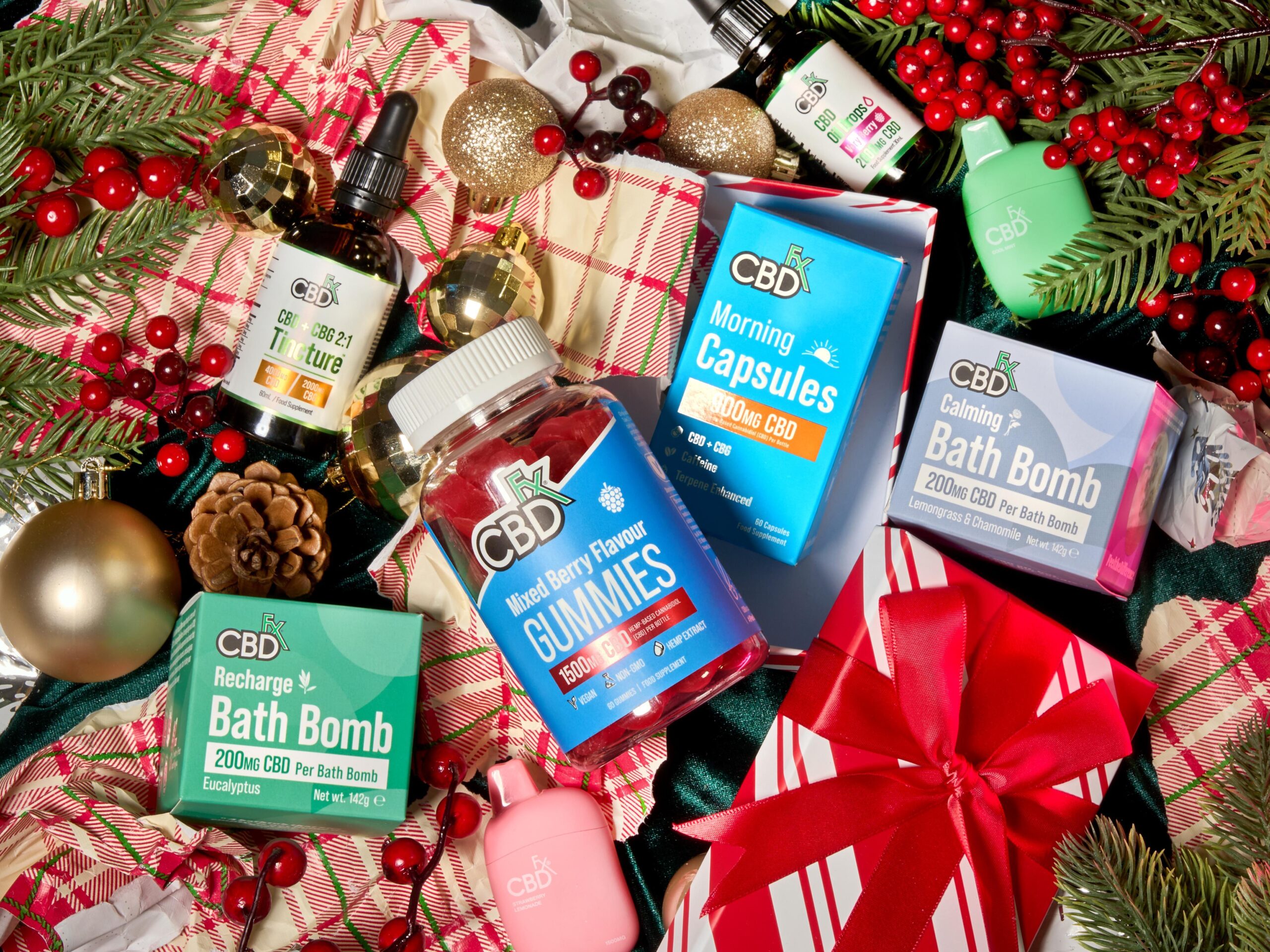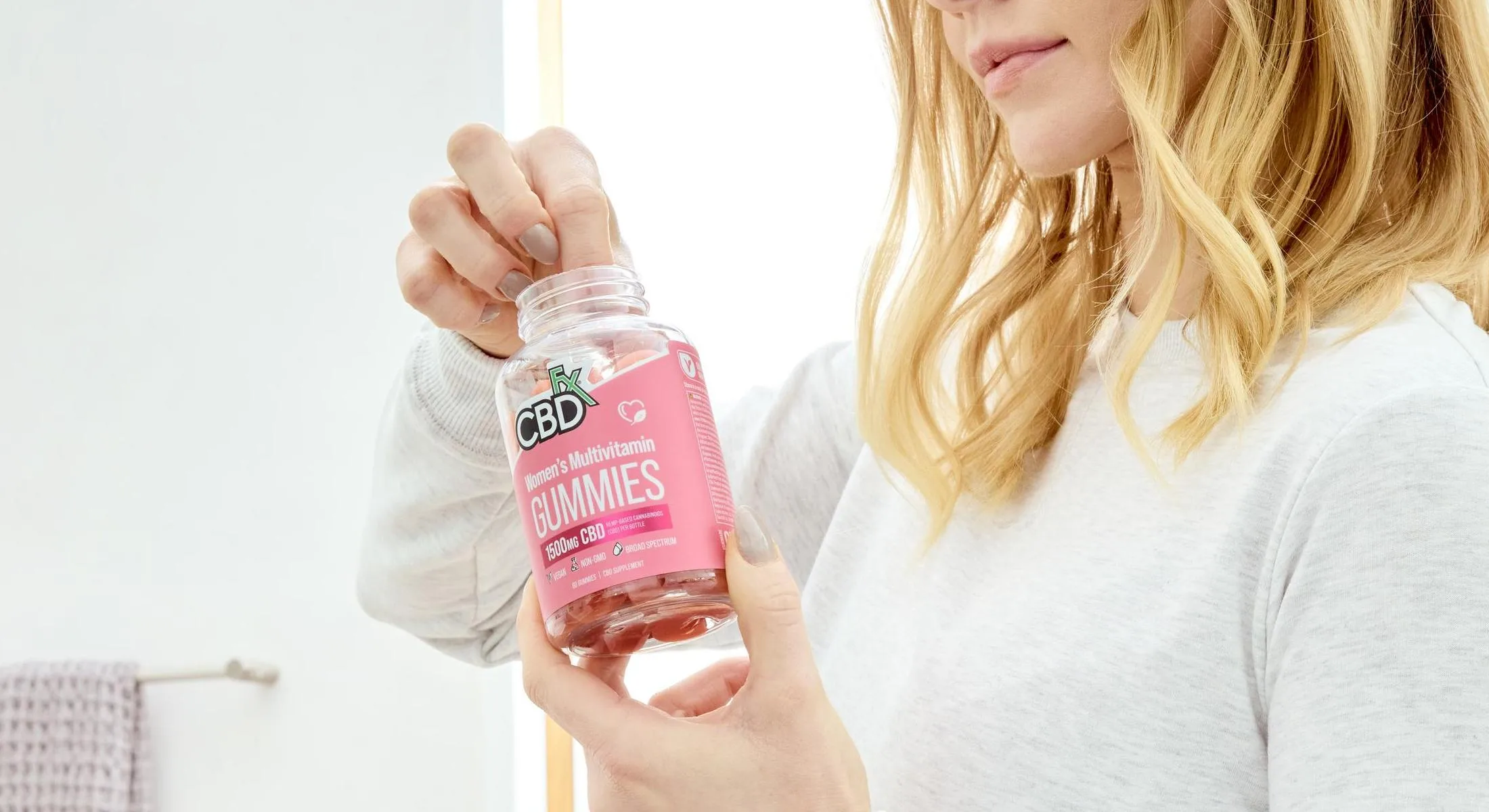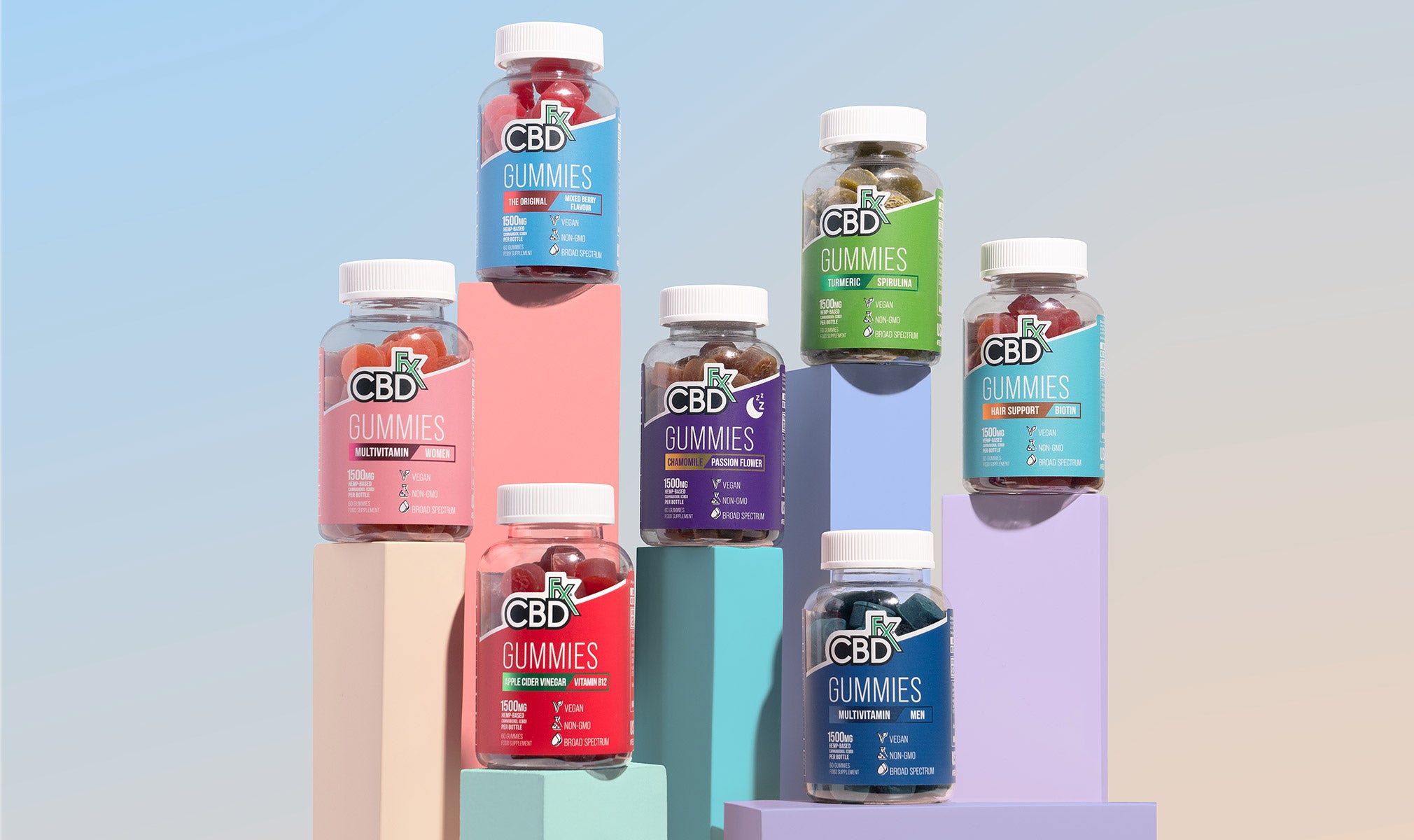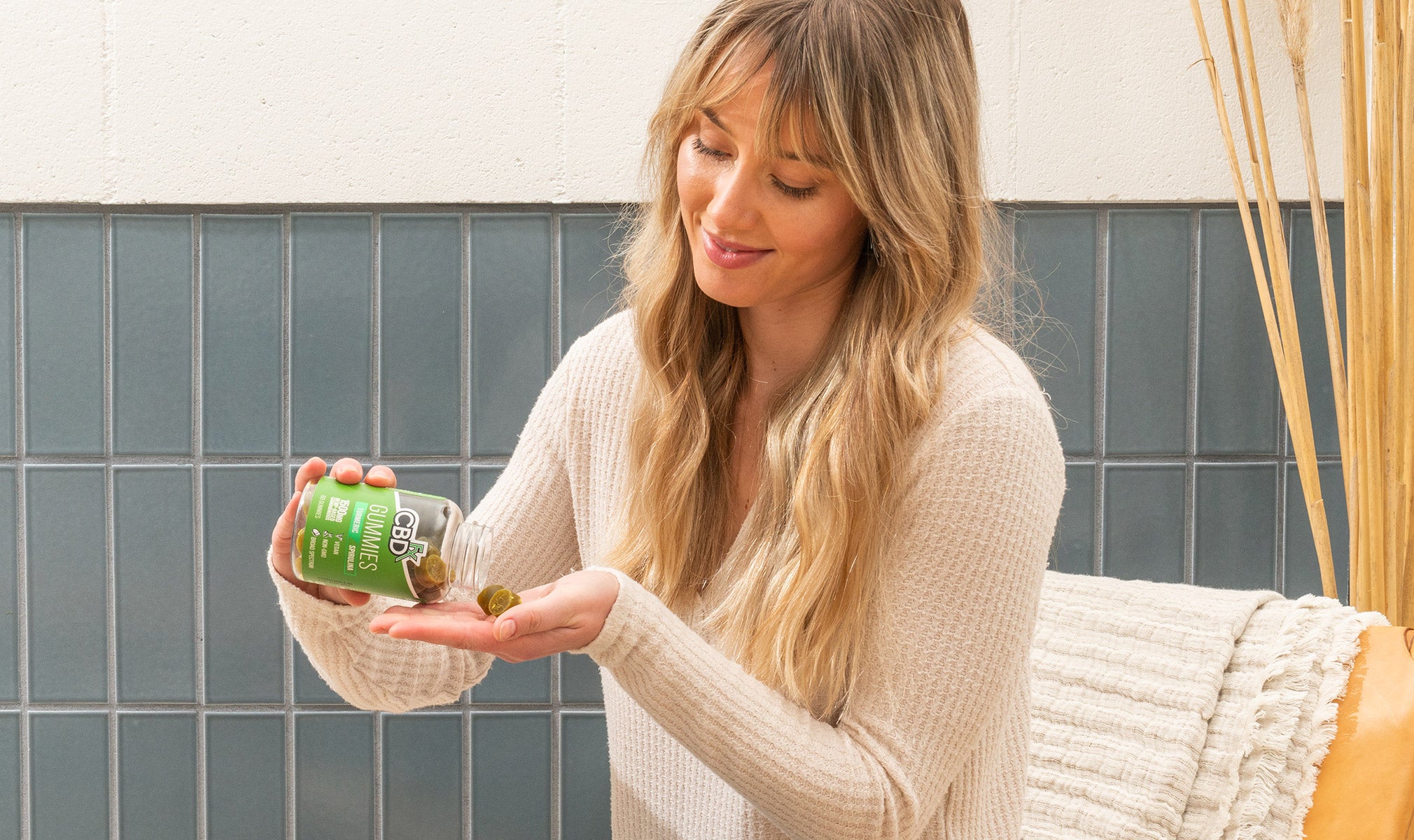Today, we look at one of the unusual terms that come up when we talk about both nutrition and the many components that dictate how CBD works: flavonoids. You might be surprised to learn that flavonoids actually have nothing to do with flavour. In fact, “flavonoid” comes from the Latin word for yellow, flavus.
So, what are flavonoids, what is their relationship with cannabis hemp and CBD, what do these compounds do, and why should we care? Let’s have a look.
Flavonoids and Cannabis Hemp: An Introduction

Flavonoids are the compounds in plants that give them their colour. The dark green of cannabis, the red of an apple, and the bright colours of flowers are all created by flavonoids. Flavonoids use colour to send messages, attracting pollinators and signaling when a fruit is ripe.
But, flavonoids do a lot more than just provide pigment. They filter ultraviolet light, remove toxins, and protect plants from microbes. Flavonoids are compounds known as phytonutrients, or chemicals produced by plants to protect them from bacteria, parasites, and outside threats. It turns out that these phytonutrients have many potential health benefits for humans, helping us stay healthy and prevent diseases including cancer, heart disease, and asthma.
There are around 6,000 known flavonoids, and aside from being available as a naturally occurring phytonutrient in our diets, they are also regularly used in supplements, pharmaceuticals, skin-care products, and more.
Don’t worry, we’re not going to go over all 6,000 flavonoids. But we will look at some of the 20 flavonoids that are found in the cannabis plant, focusing on the most common ones that provide the most widely known beneficial effects.
A Quick Note on Cannabis Used in CBD Products
The 20 flavonoids we mentioned above are found in both the high-THC form of cannabis, marijuana, and the form of cannabis that we use in our CBD products, cannabis hemp. Hemp contains less than 0.3% THC (less than 0.2% by law in the UK), which means it will not get you high. Why do we mention this in the middle of an article on flavonoids? Well, it’s also an article that mentions cannabis a lot, so we wanted to make a quick point of fact before proceeding. Okay, on with the show!
Types of Flavonoids
First, let’s look at the six main types of flavonoid and what they do. These flavonoids are abundant in the fruits, vegetables, and grains we eat as part of a healthy diet.
- Anthocyanidins are the flavonoids that provide red, blue, and purple colours to flowers and berries. They’re commonly found in grapes, blackberries, and blueberries (to name a few). They’ve been studied for their potential to prevent heart disease and cancer, and are used in herbal medicine for a host of applications, including high blood pressure and urinary tract infections.
- Flavonols are found in cannabis, peaches, kale, tomatoes, and broccoli. These flavonoids are believed to have antioxidant properties.
- Flavones protect plants from pests while also providing white and blue pigment in flowers. These flavonoids also appear in cannabis, as well as parsley, red peppers, and chamomile.
- Flavanones are flavonoids known for anti-inflammatory properties, as well as showing potential for cholesterol reduction and weight management.
- Flavan-3-ols are absolutely packed with nutrients and health benefits. They’re found in white, green, and black tea, as well as cocoa and chocolate.
- Isoflavones show up in soy and some beans, and are studied for their link to preventing bone, hormone, and cardiovascular issues.
CBD Flavonoids
Of the 20 flavonoids found in hemp, there are a few major ones, with most of them falling in the flavone and flavonol family.
-
Anthocyanin is responsible for the purple colour found in some cannabis plants. These flavonoids have been studied for their links to preventing cardiovascular disease and some forms of cancer, as well as improving brain function.
-
Apigenin is a type of flavone. It has a multitude of uses and case studies for its antioxidant, anti-inflammatory, sedative, and muscle-relaxing properties, as well as potential for treating Alzheimer’s disease and other cognitive issues.
-
Cannflavin is, as you may have guessed, a flavonoid unique to the cannabis plant. There are three cannflavins (A, B, and C), and they give cannabis its green colour. These are prenylflavonoids and are studied for their potential as painkillers, although that jury is still out. They have been shown to have powerful anti-inflammatory and antioxidant potential, as well as possibly preventing cardiovascular disease and some kinds of cancer.
-
Kaempferol is a kind of flavonol known for antioxidant and anti-inflammatory benefits, as well as potentially reducing risk of chronic conditions like cancer and chronic inflammation.
-
Luteolin is known to help protect the brain and increase memory, and to treat brain fog and protect the heart.
-
Orientin is also studied as an antioxidant and a safeguard against cardiovascular disease and cancer — showing radioprotective potential to protect healthy cells during cancer treatment.
-
Quercetin shows up in plants like watercress, and is popular in the treatment of vascular and cardiovascular disease in addition to being a go-to antioxidant and anti-inflammatory.
-
Silymarin is a flavonoid you may have already benefited from without realizing it. It’s most commonly found in milk thistle, which is a widely used supplement for brain function, the liver, bones, and much more.
What Do CBD Flavonoids Do?
Aside from delivering their already stunning health benefits, flavonoids work in concert with two other types of compounds found in cannabis: cannabinoids and terpenes.
Cannabinoids are molecular compounds, including CBD, THC, CBG, and CBN, that impart their own therapeutic effects when they interact with our endocannabinoid system. This system is integrated with our central and peripheral nervous systems, as well as systems that control digestion, mood, sleep, immune function, and more.
CBD, CBG, and CBN are not psychoactive cannabinoids, meaning they won’t get you high, unlike their sibling cannabinoid, THC. As we mentioned, CBD products are produced from a form of cannabis called hemp, which is extremely low in THC (less than 0.3%). So, once again, our CBD products will not get you high.
Terpenes are the compounds that give plants their scent. They’re responsible for the distinct scent of cannabis, and are also abundant in tea, sage, and citrus fruits.
When flavonoids, terpenes, and cannabinoids are all present in a CBD product, they create and enhance a process known as the Entourage Effect.
The Entourage Effect is a synergistic process through which all the cannabinoids, terpenes, and flavonoids in a CBD product interact with one another, boosting each other’s properties while also dramatically increasing the overall effect.
With flavonoids, that means that their beneficial effects are enhanced and reinforced by the beneficial effects of other compounds present in the cannabis product. For instance, if CBD, the terpene limonene and the flavonoid quercetin all have anti-inflammatory properties, and they are all in the same product, then they would work together to provide even greater relief.
CBD Oil and Flavonoids
Broad spectrum CBD products filter out any trace amounts of THC for a product robust in non-psychoactive cannabinoids, terpenes, and flavonoids. This filtering process does also eliminate some terpenes and flavonoids in the process. However, there are still flavonoids and terpenes present for the Entourage Effect to work.
CBD isolate removes everything from the oil except for the CBD. Isolate is 99% pure CBD, meaning no other cannabinoids, terpenes or flavonoids.
The Final Word on Flavonoids and Hemp
We hope this little guide clears up some of the mystery around flavonoids, and shows how we can incorporate them into our diet and our CBD regimen to provide a host of healthy, therapeutic benefits.
With flavonoids present in CBD topicals to soothe sore muscles and joints, CBD gummies to promote overall wellness, and in CBD tinctures designed for rest, calm, and health, there’s no shortage of ways to take advantage of flavonoids and the Entourage Effect in your daily dose of CBD!
Want to feel the Entourage Effect for yourself? Try our CBD + CBG Wellness Tincture!
